

Drivers discuss pros, cons of NASCAR's unchanged 2024 practice schedule
<!–>
Ty Gibbs felt as a rookie in the NASCAR Cup Series in 2023 that he was at a disadvantage with the little practice drivers get under NASCAR’s current practice format.
So when the question comes up about the amount of practice teams get on a weekend, it wouldn’t be surprising to hear how he feels.
“I would love to have more practice if we could,” Gibbs said during NASCAR’s awards week in Nashville last month. “It only helps me out.
“I spent a lot of time on the simulator. Simulating stuff and then going to the track and actually doing it, the cross from that is really hard. The sim is not fake. You have to make it close to be real. It’s pretty difficult going from that to the track, so I would definitely like longer practice.”
ADVERTISEMENT
Gibbs said this knowing that NASCAR isn’t planning on increasing practice in 2024. NASCAR will continue with a 20-minute practice session (Cup teams split into two groups at most tracks) that leads immediately into qualifying for most races in 2024.
The only extended practice sessions beyond Daytona 500 week (where there are expected practices between the Daytona 500 qualifying races and the race) are at tracks that have been repaved in the offseason — North Wilkesboro and Sonoma — as well as Iowa (a new track for Cup), the Chicago street course (a temporary course), Indianapolis (a return to the oval for the first time in four years) and the season finale at Phoenix.
NASCAR could have additional practice sessions early in the season if it changes the aero package for short tracks and road courses, as it did last year at Phoenix and Circuit of the Americas.
In 2020, NASCAR began going from three 50-minute practice sessions to two per weekend. Then COVID hit, and NASCAR raced without practice and qualifying for most events in 2020 and 2021.
Tyler Reddick on the practice-qualifying single-session format returning for most races in 2024
–> <!–>
In 2022, NASCAR went to the current 20-minute practice format for several reasons, among them:
-It streamlines the technical process by allowing NASCAR to inspect cars prior to practice (a process that typically takes at least three hours to get all the cars through) and because the practice is so short, NASCAR can limit the changes allowed and then impound cars after qualifying — meaning they do not have to inspect them again prior to the race.
-By limiting the number of changes allowed on the car, teams do not have the need for as many mechanics on the road. NASCAR can set the number of team members per car at less than in the past, which saves teams money in travel and personnel costs.
-A two-hour practice-qualifying session in Cup fits nicely in a television broadcast window.
The question is how much practice time do drivers really need? Some drivers would love no practice because they think that keeps things unpredictable on the race track. While it would seem that the smaller teams would want practice because they typically get less time in simulator and have fewer engineers, that isn’t necessarily the case.
“I wish we didn’t have practice at all,” said Front Row Motorsports driver Michael McDowell. “I know there’s guys that would like to have practice and I understand why they would, but selfishly, I think any time that they give us more time to practice, the bigger teams do a better job of maximizing their car potential and setup.
“If you allow them those opportunities to get everything just right — when you’ve got 75 eyes back at the shop, looking through videos and looking through pictures and running simulation, and having somebody back on the simulator, … you’re going to make it better than a team that doesn’t have those resources.”
Brad Keselowski would like more practice than the current single practice qualifying session
–> <!–>
McDowell is coming off a career season where he made the playoffs and won at the Indianapolis Motor Speedway road course.
“I think that no practice for us — or the limited practice for us — has been a huge help of keeping us beating a few more cars than we would on a given weekend,” McDowell said. “I’m not a fan of [more practice], but I know there’s a lot of guys that would like it.”
Obviously, the drivers were speaking from a competitive standpoint. There also is the issue of whether fans who are camping at track during the weekends would have a better experience if the Cup teams spent more time on the track.
Brad Keselowski, co-owner of RFK Racing, said he would like more time on the race track.
“There is a value to having some practice,” Keselowski said. “I don’t think that the costs savings are that significant. I think initially there were some thoughts that we could save a little money and maybe increase the competitiveness of the field.
“I think yes and no — some of that has happened, some of that hasn’t. But I think having a little bit of practice is a good thing.”
Obviously, a driver who goes to a new team needs time to develop chemistry. So would practice help? Tyler Reddick said his transition to 23XI Racing was aided this year by being able to do a couple of tire tests and that, for the most part, was enough.
“[More practice] could have been somewhat helpful — I don’t think it would have been a difference-maker or anything like that,” Reddick said.
Reddick said practice is only good if they can make significant changes to the setups, that if NASCAR increased the practice time but kept with the same technical inspection process, that there wouldn’t be much use.
“There’s only so many changes you can make, honestly,” Reddick said. “So 20 minutes is more than enough, really, unless we can make changes to the car and take some pretty big swings at it.
“That’s the only reason you would need a longer practice if you want to try that.”
Ricky Stenhouse Jr. said the feel of the car doesn’t change much from track to track so drivers know, regardless of the track, the setup direction that they would want. That limits the need for practice.
“If you start stretching that out, the big teams definitely start collecting more data on a weekend and can send all four cars in a different direction and kind of hone in on something,” said Stenhouse, who drives for a single-car team.
“In 20 minutes, it’s tough for them to run that many different setups, and then change it for qualifying or the race. I enjoy the 20 minutes for our single-car team. But, yeah, there’s definitely times I wish we had more.”
Bob Pockrass covers NASCAR for FOX Sports. He has spent decades covering motorsports, including the past 30 Daytona 500s, with stints at ESPN, Sporting News, NASCAR Scene magazine and The (Daytona Beach) News-Journal. Follow him on Twitter @bobpockrass.
–>

Get more from NASCAR Cup Series Follow your favorites to get information about games, news and more
Continue on Drivers discuss pros, cons of NASCAR's unchanged 2024 practice schedule on Fox Sports.
+ Read more articles on Fox Sports
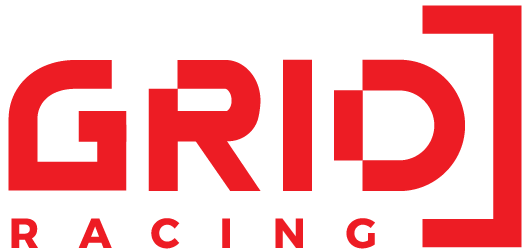
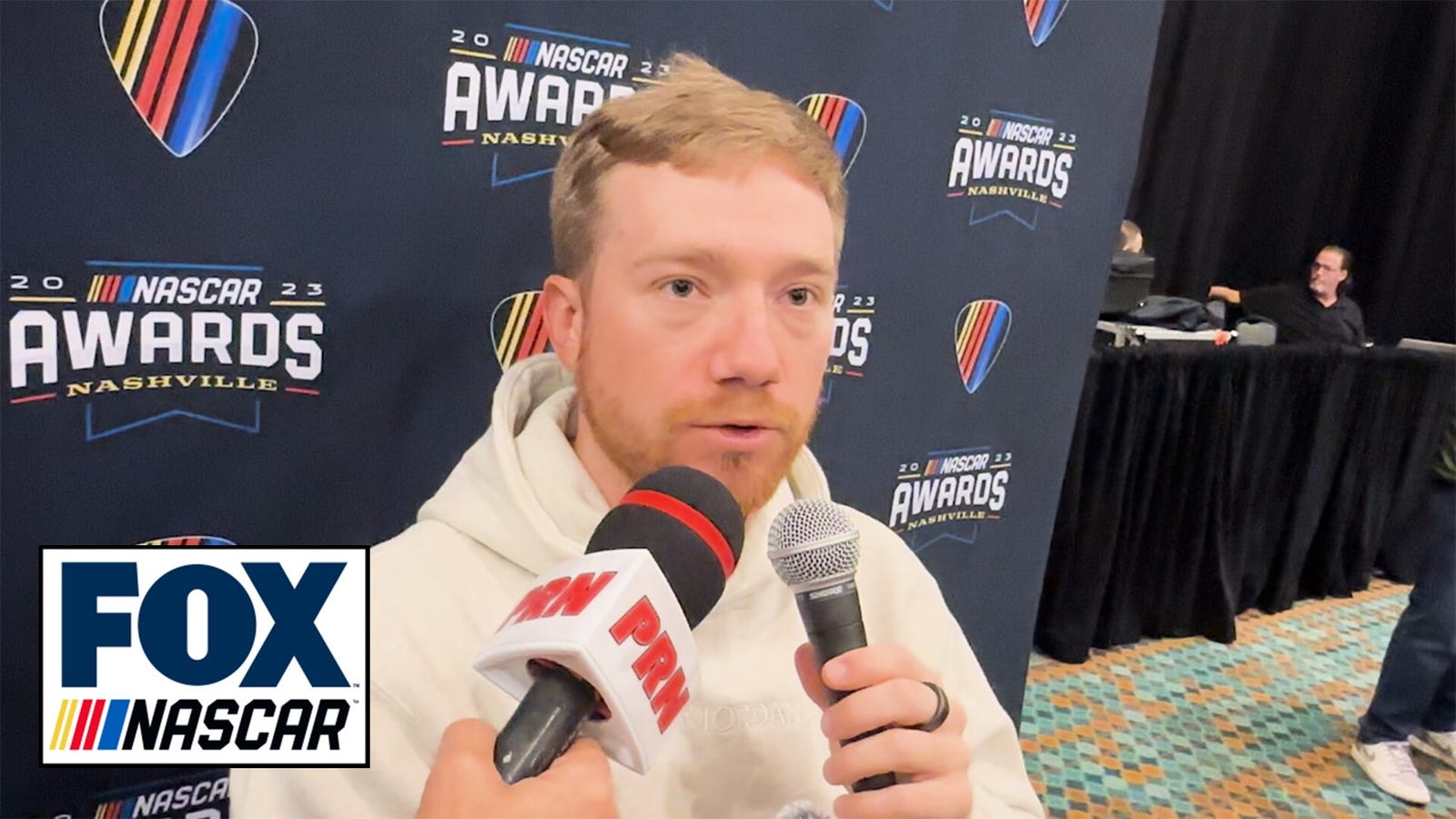
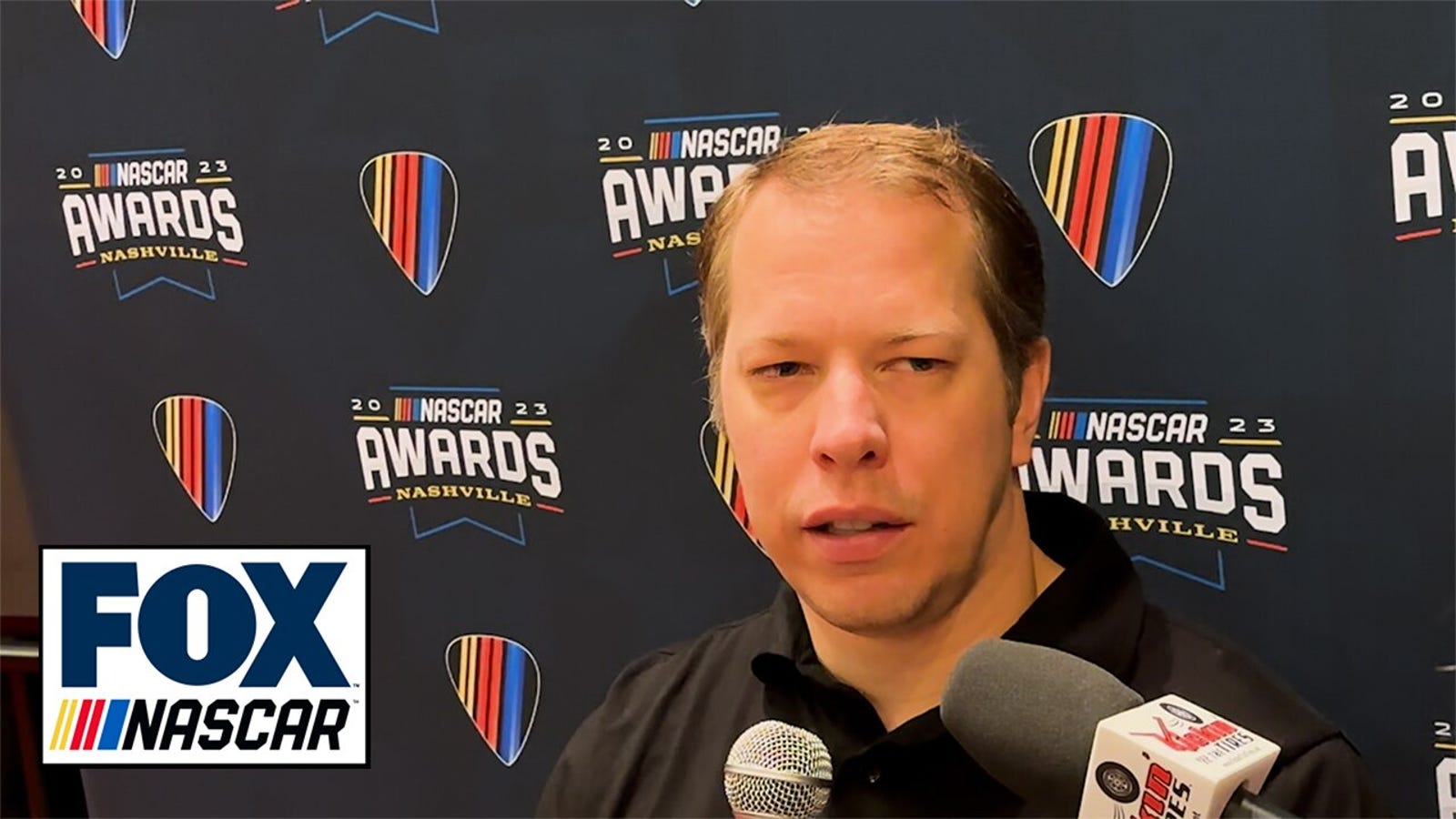
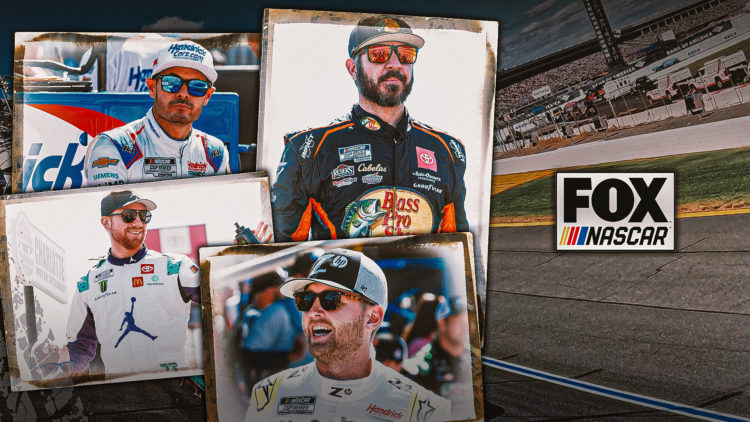





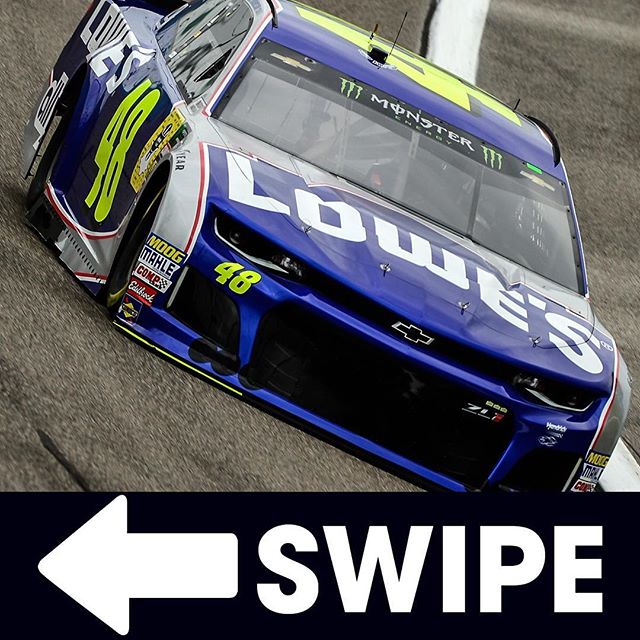




Leave a Comment